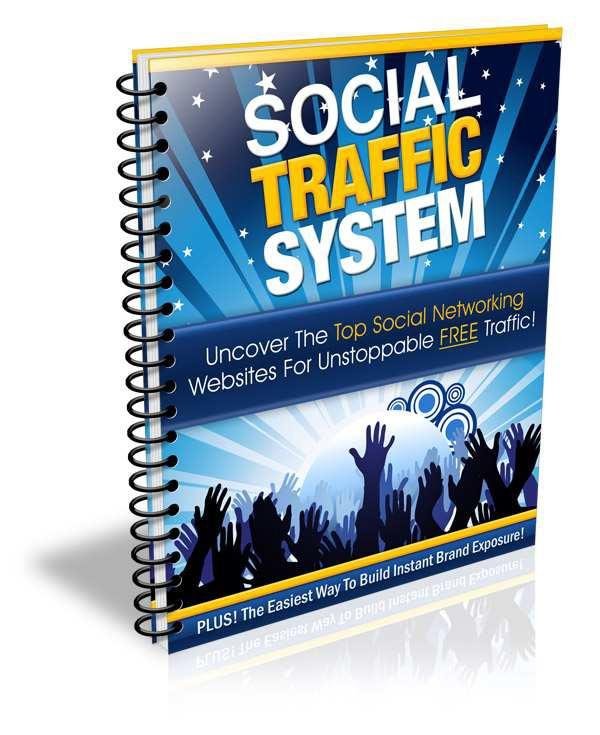The Importance of a Social Traffic System: Enhancing Urban Mobility
As urban populations continue to grow, cities face significant challenges related to traffic congestion, air pollution, and road safety. A Social Traffic System (STS) is an innovative approach that integrates technology, data, and community engagement to create a more efficient and sustainable urban transportation network. This article explores the components, benefits, and future of social traffic systems, along with relevant video resources for deeper understanding.
What is a Social Traffic System?
A Social Traffic System leverages real-time data and social networking to improve traffic management and enhance the user experience for commuters. Key features of STS include:
-
Real-Time Data Collection: Utilizing sensors, cameras, and mobile applications, STS gathers data on traffic conditions, public transport schedules, and user behaviors.
-
User Engagement: Social media platforms and community apps allow users to share traffic updates, report incidents, and provide feedback on transportation services.
-
Dynamic Routing: STS uses algorithms to analyze data and suggest optimal routes for vehicles and public transport, reducing congestion and travel times.
-
Sustainability Initiatives: Encouraging the use of public transport, cycling, and walking, STS promotes eco-friendly transportation methods to reduce carbon footprints.
Benefits of a Social Traffic System
-
Reduced Traffic Congestion: By optimizing routes and providing real-time updates, STS can significantly decrease the number of vehicles on the road during peak hours.
-
Improved Safety: The ability to report incidents and hazards in real-time helps authorities respond quickly, enhancing overall road safety for all users.
-
Enhanced User Experience: Commuters benefit from accurate travel times and conditions, allowing for better planning of their journeys.
-
Community Involvement: STS fosters a sense of community as users contribute to traffic management, leading to better adherence to road rules and a more cooperative driving culture.
-
Environmental Impact: By promoting sustainable transportation options, STS contributes to lower emissions and a cleaner urban environment.
Implementing a Social Traffic System
Cities looking to implement a Social Traffic System should consider the following steps:
- Investment in Technology: Incorporating IoT devices, traffic cameras, and mobile applications is essential for data collection and analysis.
- Community Engagement: Building a platform for residents to share their experiences and insights is crucial for the success of STS.
- Collaboration with Local Authorities: Partnerships with government agencies can ensure effective implementation and adherence to regulations.
Future Trends
The future of Social Traffic Systems includes advancements such as:
- Artificial Intelligence: AI can enhance data analysis, leading to more precise traffic predictions and management strategies.
- Integration with Autonomous Vehicles: As self-driving cars become more common, STS will need to adapt to incorporate these vehicles into the traffic flow.
- Expansion of Mobility as a Service (MaaS): STS will likely play a key role in the development of MaaS, where various transport modes are integrated into a single accessible service.
Learn More
To understand more about Social Traffic Systems, check out these insightful videos:
-
Understanding Smart Traffic Management: A comprehensive overview of how smart technologies are reshaping urban mobility. Watch here.
-
The Role of IoT in Urban Traffic Systems: Explore how IoT devices are used to manage city traffic effectively. Watch here.
-
Future of Transportation: A Social Approach: An engaging discussion on the benefits of social traffic systems in urban planning. Watch here.







Reviews
There are no reviews yet.